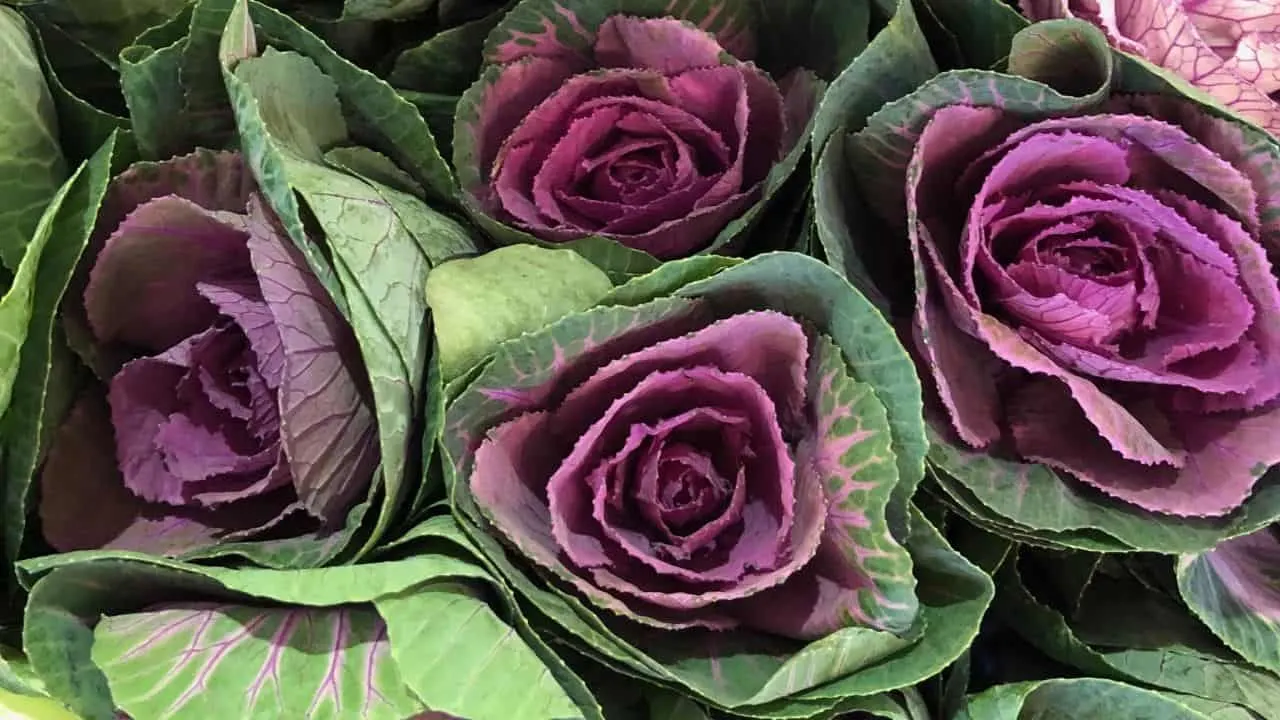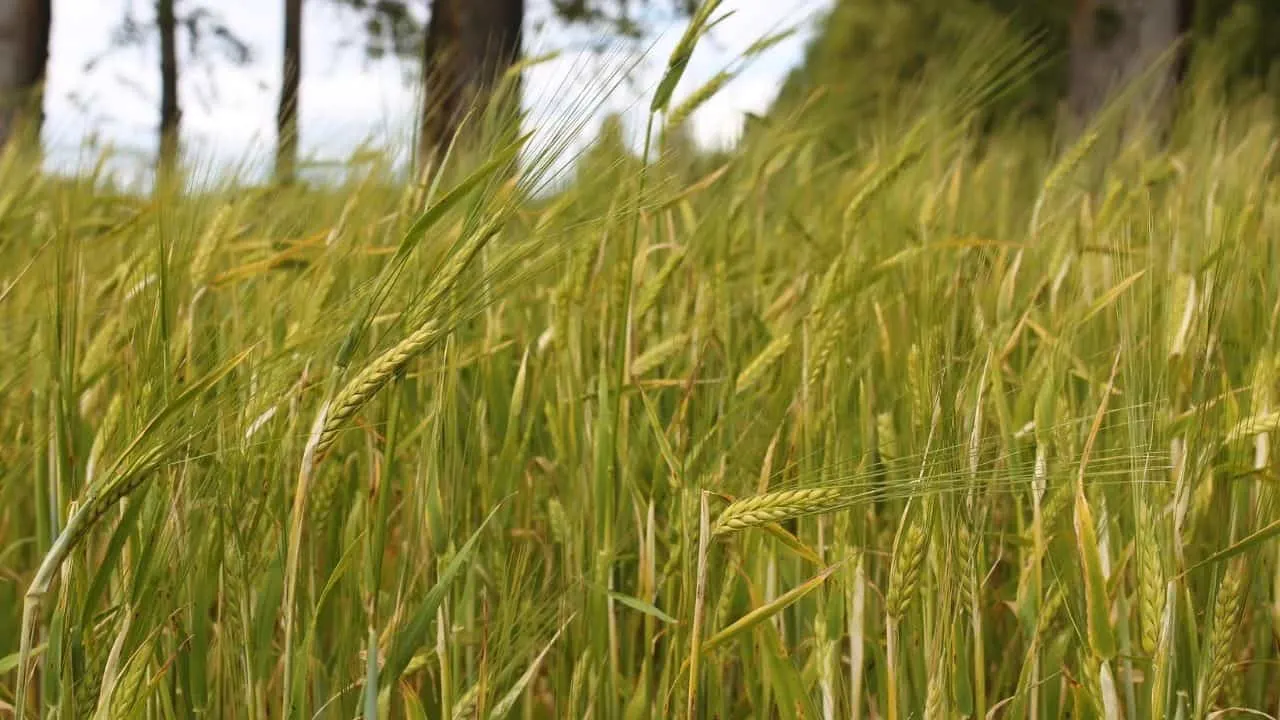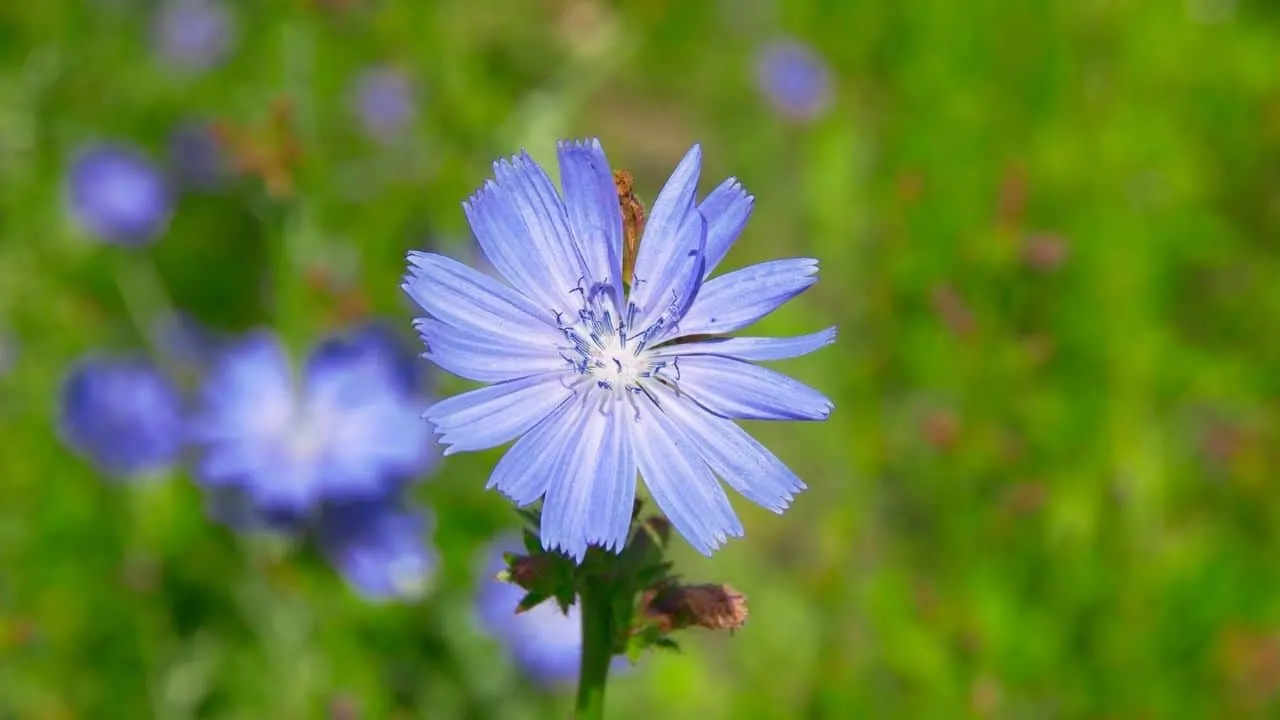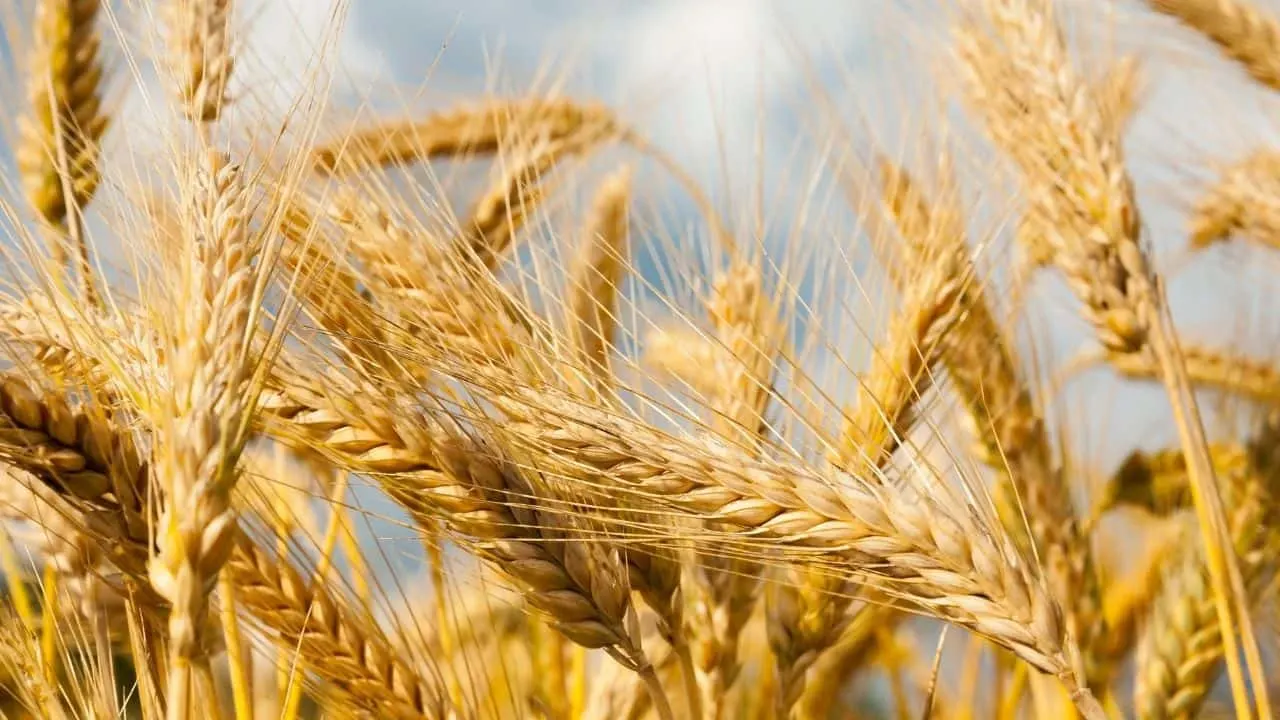Offering the right foods is unrivaled for attracting deer.
However, it is confusing to know the ideal plants and best planting times, as these very much depend on location and the intentions behind attracting the deer.
Table of Contents
The Best Things to Plant for Deer
To attract deer and keep them on my properties for as long as possible, you can plant grains such as wheat, rye, corn, or oats. To ‘encourage’ deer you can also plant sunflowers. To boost the health of visiting deer plant chicory or soybeans, either of which provides deer with nutrients they don’t easily get from other plants.
Types of Deer Foods
My goals will determine the type of deer foods I plant. If I only wish to attract deer for hunting, I choose different crops than if I am trying to boost deer’s health during antler growth and gestation, which occurs in springtime.
In a region with harsh winters, I would aim to provide food during the tough winter months. I find that often, the best strategy is to mix several popular crops as this attracts deer and keeps them healthy.
Overview
Annuals
Annuals only grow once for each planting. They usually grow quickly and can therefore quickly provide a source of food for hungry deer.
Annuals include vegetables such as peas, corn, and soybeans. Grains include wheat, rye, or oats.
Annuals do best in warm seasons. They draw deer onto the property and often keep them there once deer consider it “home”, even during the hunting season.
Perennials
Perennials develop root systems that enable them to regrow multiple times per year. It takes longer to develop such root systems, though, and the process will take a minimum of two years, often even longer.
These roots are a nutrition source that deer will graze on. Perennials all deer love are chicory, white and red clover, and alfalfa.
Row Crops
Crops grown in rows offer distinct benefits for deer, the same way they do when grown for human food in regular gardens.
Instead of randomly scattering seeds, row crops are the best way to get irrigation and sunlight evenly distributed across the crop.
Planted in rows, more seeds will grow into healthy plants, providing a better way to feed the deer.
Cold Season Deer Food
Although some cold season deer foods are annuals, they are more usually perennial because their extended root systems help them survive cold seasons.
I use cold season crops to provide food for deer all year instead of just to prepare for the hunting season.
Specifics
Brassicas

Brassica plants have edible leaves and roots that survive in winter and therefore provide a cold season nutritional source for deer.
Brassicas include cabbages, mustard, and radishes. Brassicas can even grow in light frosts.
Cereal Rye

Cereal Rye, or just ‘Rye’. This is a robust crop that can grow in adverse conditions.
Rye is just as effective at attracting deer as wheat or oats. Rye is sturdy and grows well in all 50 states.
Rye even continues to grow in cold weather. However, rye is a poor choice for planting near any other crop as rye normally outperforms everything else, hogging the nutrients the other crops require for their growth.
Chicory

Chicory’s yet another plant that can grow well in a variety of conditions. Chicory provides deer with valuable nutrition that they may not get from many other plants.
I mix chicory with other foods, as chicory doesn’t naturally attract deer on its own. However, chicory is easy to grow, requiring very little maintenance.
Chicory lasts for many years when planted in the soil of appropriate pH. Although it is possible to grow chicory on its own, it is best in mixed crops to balance soil nutrients.
Sunflowers

High in protein, sunflowers offer the advantage of being a rarely planted deer food. As such, sunflowers are an unusual and tasty treat that surrounding areas may not offer the deer–a little trick I sometimes use to help tip the balance and bring deer onto properties in my care.
The downside is that sunflower fields have to be large, and I must regularly rotate the crop to keep the soil healthy.
Wheat

It is an excellent idea to make wheat available early in either spring or fall. Tallgrass crops are a favorite among deer.
One fantastic advantage of wheat is it is quite happy growing alongside other crops. However, different locations favor different kinds of wheat, so I always ask the local supplier which type of wheat does best in the current locale.
With wheat, it is a good idea to conduct soil tests to determine the correct amount of fertilizer to apply to the crop.
Other Deer Foods
Here is a short list of other crops to consider for attracting and keeping deer on the property:
- Clovers
- Corn
- Cowpeas
- Grain Sorghum
- Lablab
- Oats
- Soybeans
Frequently Asked Questions about The Best Things to Plant for Deer
When is the best time to plant food for deer?
There is an ideal time to plant every deer food. Even more confusingly, the ideal time changes depending on location and local weather expectations. I consult suppliers and local farmers on when I should plant specific crops for specific seasons. This way, over time, I have built up a personal library of knowledge.
Which is the perfect deer food to plant?
This is a loaded question that has no genuine answer, as it depends on location, objectives for planting, season, and the number of food plots and sizes available. My experience is that variety is the key factor in keeping deer on properties I manage throughout the year.
Afterword
I always say that versatility is the key to a successful deer food program. However, it is critical to know how and when to plant each food crop.
My view is that in the north, it is better to create a program that combines planting both in spring and late in summer. For the south, I favor planting late in summer or early fall.
In all circumstances, I combine perennials and annuals for best results.

Daniel has been a plant enthusiast for over 20 years. He owns hundreds of houseplants and prepares for the chili growing seasons yearly with great anticipation. His favorite plants are plant species in the Araceae family, such as Monstera, Philodendron, and Anthurium. He also loves gardening and is growing hot peppers, tomatoes, and many more vegetables.


